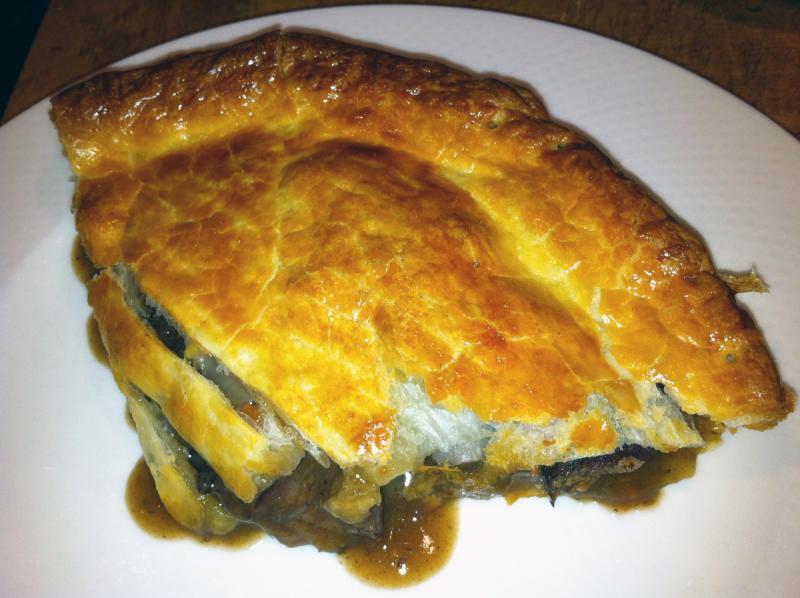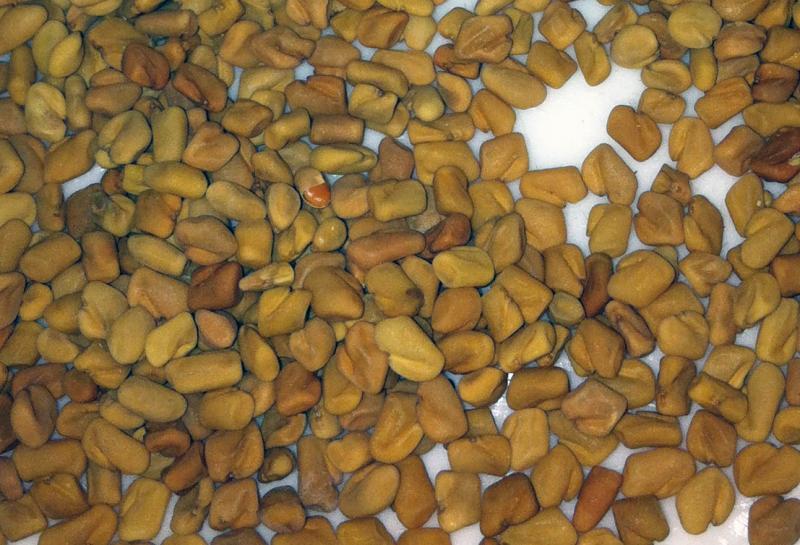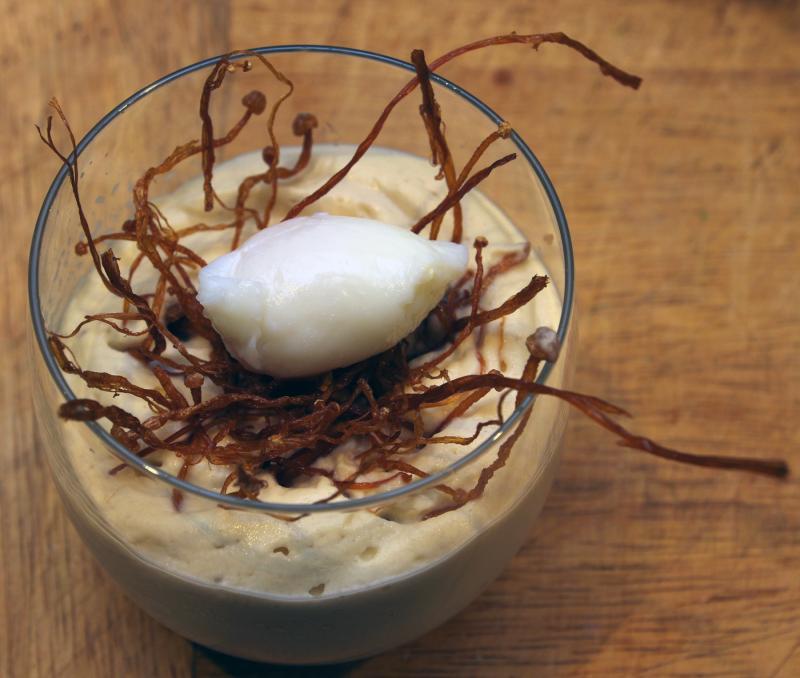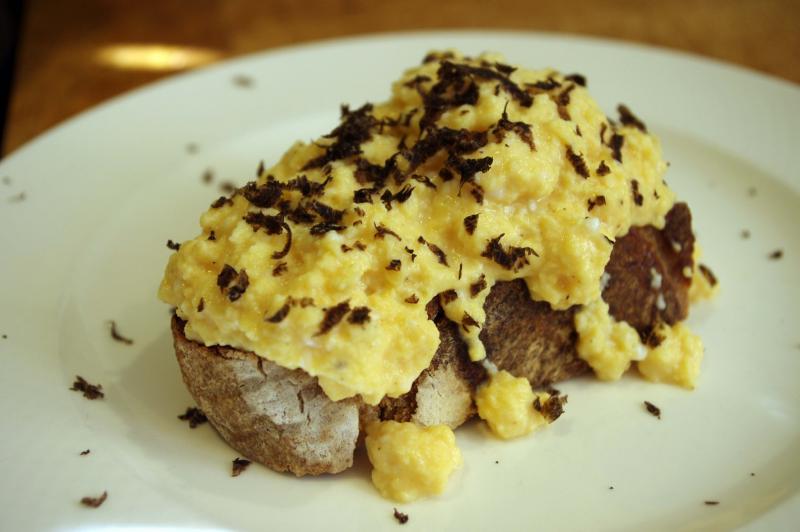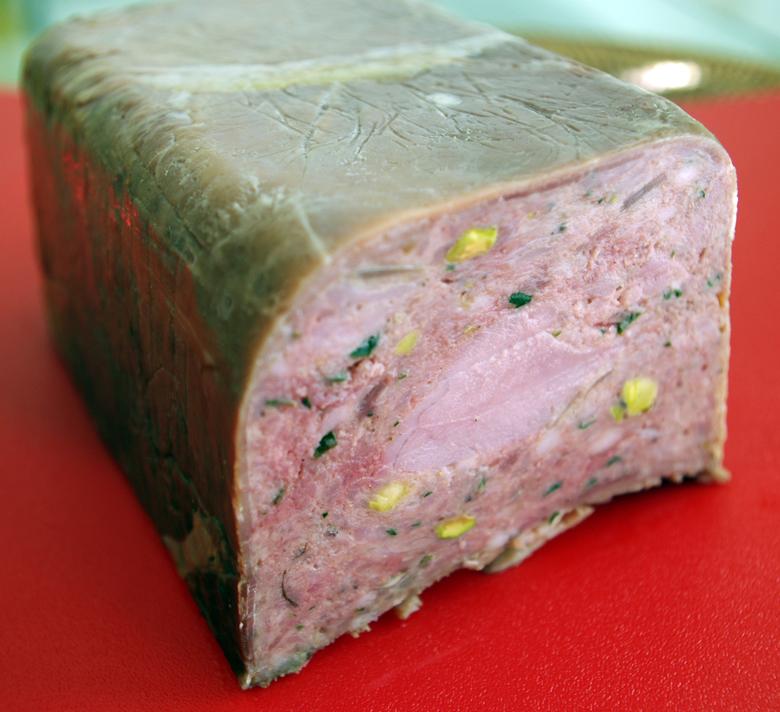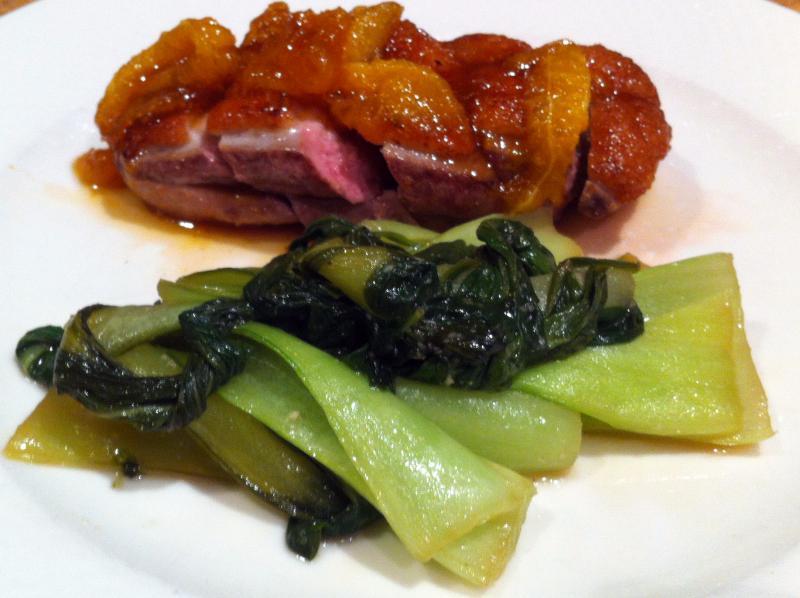-
Posts
2,606 -
Joined
-
Last visited
Content Type
Profiles
Forums
Store
Help Articles
Everything posted by nickrey
-

WSJ Articles on Food, Drink, Cooking, and Culinary Culture
nickrey replied to a topic in Food Traditions & Culture
I suspect that the content is free as I can read it, don't subscribe, and am coming in from an Australian IP address. -
You can always use an induction interface disk under the aluminium cooker. Examples on Amazon here and here.
-
Check out this thread.
-
They are also available as an iTunes U collection through the iTunes store. Simply type "Science and Cooking" into the search field. This series is the first one that pops up.
-
-
The chuck tends to have more marbling and collagen. Blade (or as it's often called Bolar Blade) here is a leaner cut but can benefit from low and slow cooking, I've had variable results depending on the specificity of the cut. The whole chuck/blade area is a mass of different cuts and we tend not to separate out different muscles here in Australia, which makes cooking a challenge. Chris, I'd experiment with cuts and cooking to see what works best.
-
I've been reading this thread with interest. Have you considered looking at ideas that are used with gourmet pizzas? Most involve cheese with other ingredients, which sounds in some senses like the basis for a new quesadilla.
-
Sorry, Correct link here
-
Peter Gilmore at Quay here in Australia has a signature dish that involves cooking pork belly sous vide in oil. To finish, he glazes and then sears all sides of the belly over high heat except the skin and then puts the belly skin side down in a non-stick frypan in a 200C oven to crisp up for around five minutes. Seems the difference is sealing the belly in the bag with oil rather than having it sit in its own juices while cooking. Worth a try.
-
Epicurious has launched a new on-line cooking course in conjunction with instructors from the Culinary Institute of America. The first course is called Globetrotting: Mexican Classics. Run by chef Sergio Remolina, it comprises eight classes covering areas such as moles, ceviches, salsas, etc. The courses are presented as high quality on-line videos. The first class, overview and salsas, is free. I've watched part of the first course already. In style it is very similar to the old "Cooking at the Academy" demonstrations, which I assume is the standard format of CIA lecture/demo style instruction. The cost of the first course is $49. Epicurious states that the courses do not expire. Given the web-based format, you can access it from any device that can connect to the Internet. I've done so on my iPad and it works just fine. The link to the classes is here.
-
It's a way of cooking that has its uses, nothing more, nothing less. If it's better than the traditional way or produces a result that I like more, I'll use it; if not, I won't. Sticking steadfastly to tradition has never been something I've particularly understood nor desired to do in my cooking or elsewhere. As you say, it is a personal preference.
-
Welcome Merkinz. As a substitute for Trisol, try Maltodextrin. You can buy it at home brewing supply centres for a fraction of the cost of Trisol. It is not as coarse as Trisol but serves the same purpose and as you will be measuring by weight rather than volume, it doesn't really matter.
-
Shelby, This is a picture of the little beasts. They have a bitter, almost smoky flavour to them and are readily recognisable as one of the constituent part of ready-made curry powders. In my experience, they are also an element of curries that people often do not like. If you cannot get them, I'd not be overly worried. They really don't need a replacement taste. The curry will miss a bitter element, but some may be pleased that it does.
-
Australian Gourmet Traveller is also on iTunes. It is also indexed in Eat Your Books.
-
Welcome to eGullet James. This is highly unlikely to happen with any of the accelerated processes we have discussed here. It has the potential to do so, however, if you leave the package to thaw on the bench top. It seems that the guidelines are there to protect the lowest common denominator, which is a good thing for guidelines to do.
-
-
I've been looking at the picture of scrambled eggs on the breakfast thread and can see definite preferences emerging in terms of how people like their eggs. Some prefer a larger grain, some a smaller. The smaller is more traditionally French. The French are also cooked to a more runny or moist texture. I'm thinking that it is something like a preference for runny versus hard yolks in scambled eggs. The preference seems to develop over a long time, most likely from when we are very young. As scrambled eggs is possibly a special family meal, it is potentially one that brings a lot of home and hearth - type pleasant memories with it. As a comparison with some of the other pictures posted above, this is a picture of relatively small grain, creamy, scrambled eggs with creme fraiche added at the end of cooking with truffle. I often don't do them over a double boiler these days but instead take them on and off the heat to stop them from overcooking. One other trick is to use a very small whisk to get well into the inside edges of the saucepan.
-
Keith, When I deep fry enoki mushroom, I dehydrate it first. Did you do this or have you tried it and compared with with straight deep fried?
-
As people who have read my posts would know, I don't use sous vide cooking as a matter of course. I used sous vide as I was reading a number of terrine recipes and all basically said to cook the terrine au bain marie to ensure that it cooked evenly. In essence, this is cooking in a water bath in the oven so I reasoned why not cook the whole thing in a full temperature controlled environment, ie. sous vide. The bain marie part was forced on me as the Food Saver bag leaked. If this didn't happen, I would have continued sous vide and added a safety margin on in terms of time. As I had access to measure temperatures directly, I was able to work more tightly in terms of tolerances. To be on the safe side with sous vide, I'd probably cook for 3 1/2 hours at 63.5C to make sure that it was cooked through and pasteurised. If you don't know what you are doing, I'd totally support Baron d'Apcher's caution and put a temperature safety margin on. Also, I wouldn't use the temperatures that I did if I were cooking commercially in the US as they don't fit in with FDA guidelines.
-
Quelle horreur! Someone has used a different technique that that mandated by tradition. Let me address each of your points in turn. The cooking temperature I used was one recommended for pork and the cooking time was appropriate to pasteurise the meat, as commented already by Shalmanese. The forcemeat surrounding the pork fillet in the middle was at 60C for over half an hour. I finished cooking when the centre of the pork fillet reached 60C, not when the forcemeat did so. Cooking science has moved well beyond blasting everything to 70C-78C. I'm not unfamiliar with the rationale and literature in this area and am confident that with the process used the meat was pasteurised. I can't see how putting the terrine in a temperature controlled water bath is an excessive and unnecessary use of resources. I bring the water to temperature before filling the cooking pot and the circulator only heats to maintain this temperature. My bet is I probably use around 1/10th of the electricity/gas energy that a conventional oven would use. The terrine tossed absolutely minimal juice, and this was dealt with conventionally by weighting and refrigerating the terrine. The pâté is extremely well formed and cuts beautifully. If it were undercooked as you say, it would have the problems that you mentioned. It doesn't.
-
This looks nice. How did you cook it SV? Did you vacuum pack the whole terrine pan after filling it with the forcemeat? At what temp and for how long? The whole terrine including pan was sealed. When the chamber sealer caused a filling overflow, I sealed it with my Foodsaver. Cooked it for 2 hours at 63C totally immersed. Then decreased water level to below the sides of the terrine and cooked still at 63C but more Bain Marie style and checked core temperature with my thermoworks thermometer. I finished cooking when core was 60C.
-
Just made up a country terrine with pork fillet insert and pistachio. Terrine lined with prosciutto. Cooked sous vide. Learnt that you shouldn't pull a large vacuum while trying to seal a terrine as the filling oozes out (thank heaven for stop buttons). The rest of the forcemeat went into some rather delicious sausages.
-
As poaching is by definition gently cooking items immersed in liquid, I'd be surprised if your food was other than poached in texture. Sous-vide cooked chicken will never taste like fried/grilled chicken as the meat is cooked the same all the way through: In fried/grilled it is typically overcooked on the outside moving to properly cooked on the inside. My personal preference is to cook chicken breasts at 140F (60C), probably for around 1 1/2 hours. If you want a more toothy texture on the outside, either use a blowtorch to sear or heat a frypan up to the highest temperature you can get and sear the meat on both sides before serving
-


